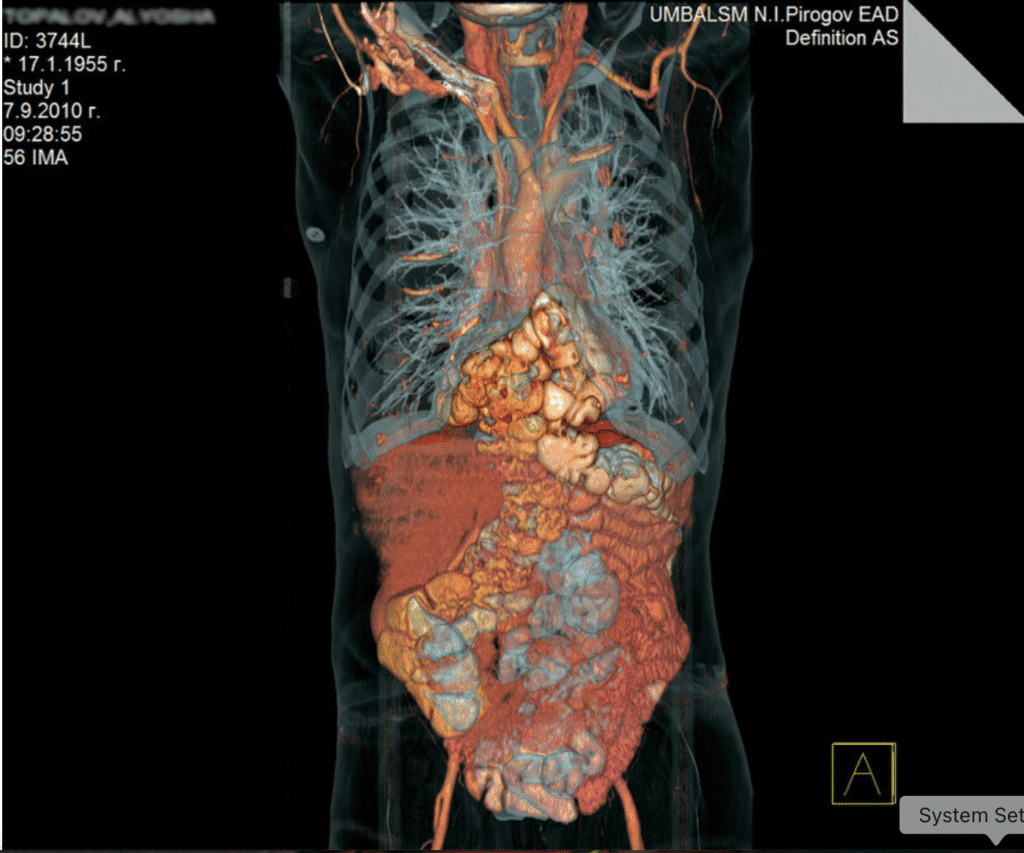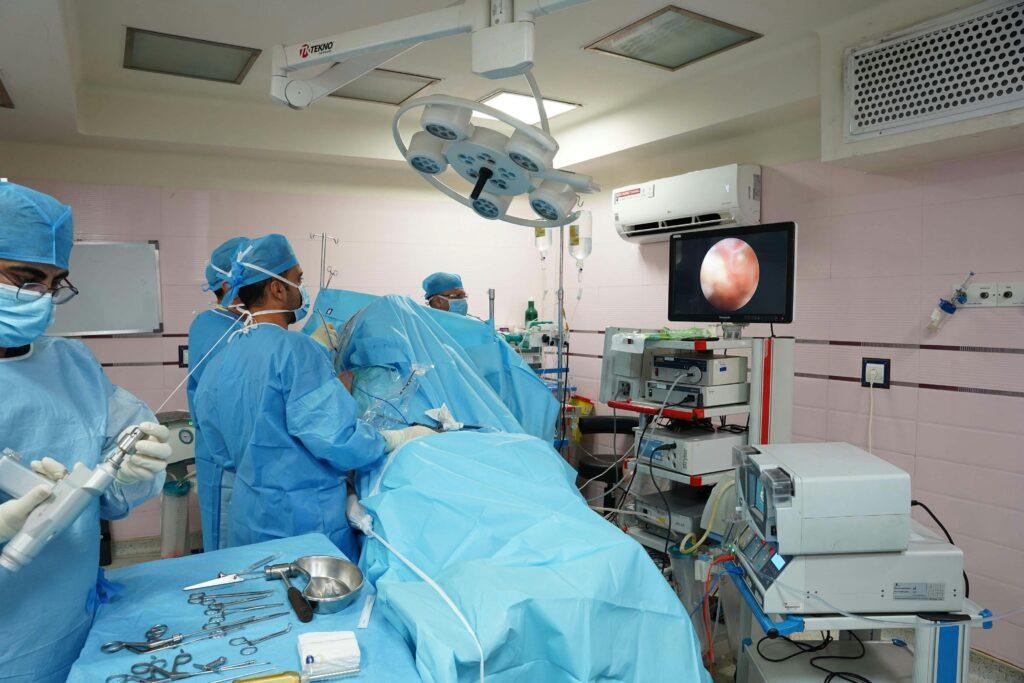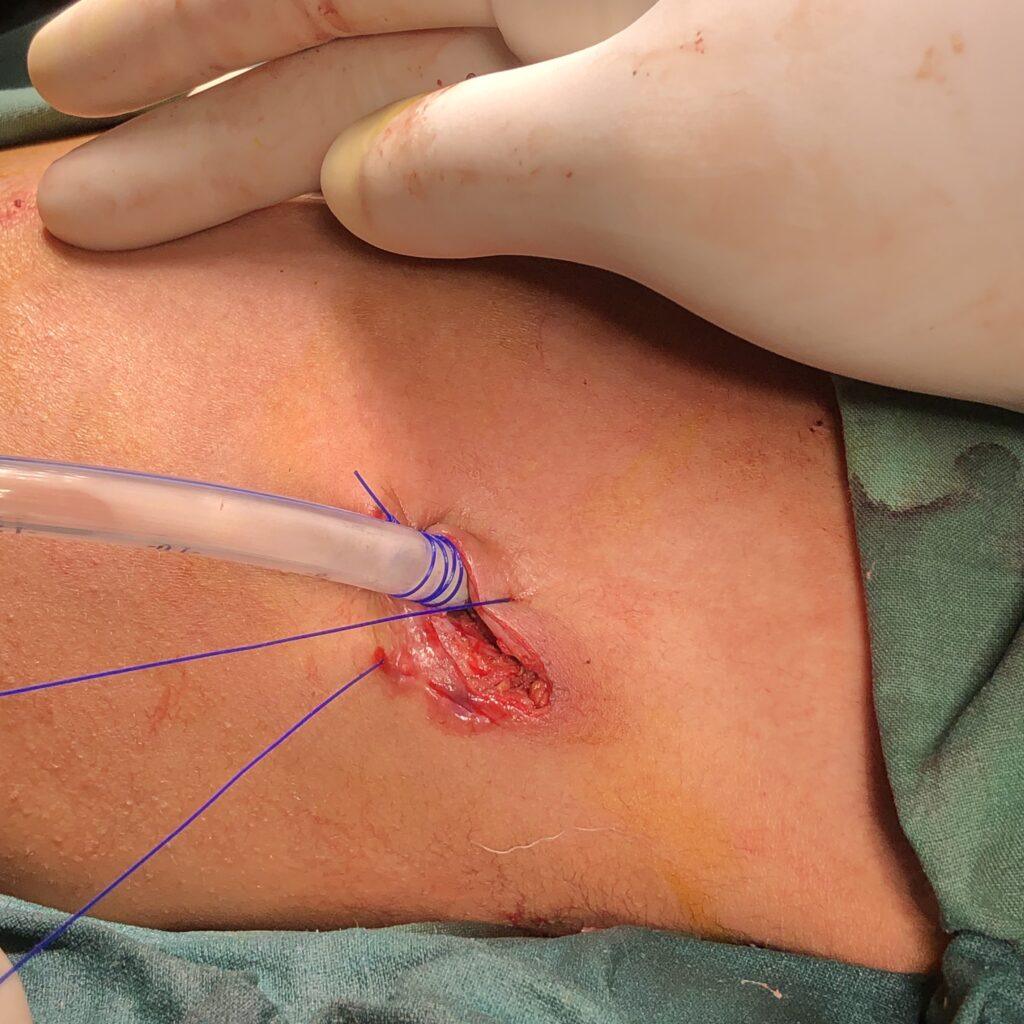
Diaphragmatic Hernia and management
Introduction Diaphragmatic hernia are problems with the diaphragm that happen at weak spots in the body’s structure. These disorders can be either congenital or acquired, with the latter typically resulting from traumatic causes. If not treated, the contents of the abdomen can push through the thoracic cavity, which needs surgery. This aritcle is not about […]








